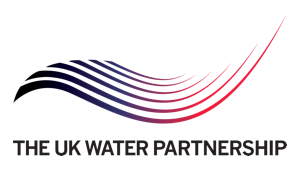To operate effectively the water utilities need to understand the quantity and quality of the water resources they have at their disposal, to minimize costs while maintaining assured supplies of high quality water and waste water management at lowest possible cost to customers, and complying with all relevant legislation. The industry is heavily regulated within the UK, with constrains on abstraction and discharges, drinking water quality, leakage rates and foul sewer flooding occurrences, guarantees of supply, drought management plans, contingencies for climate change, public education to reduce consumption, biodiversity conservation, disruptions arising from pipe repair work, and mitigation of climate change – among many other (constraints).
NERC science has supported the development of a wide range of the methods and tools used by the water utilities, including :

























 The Water Security Knowledge Exchange Portal supports the objectives of the
The Water Security Knowledge Exchange Portal supports the objectives of the 